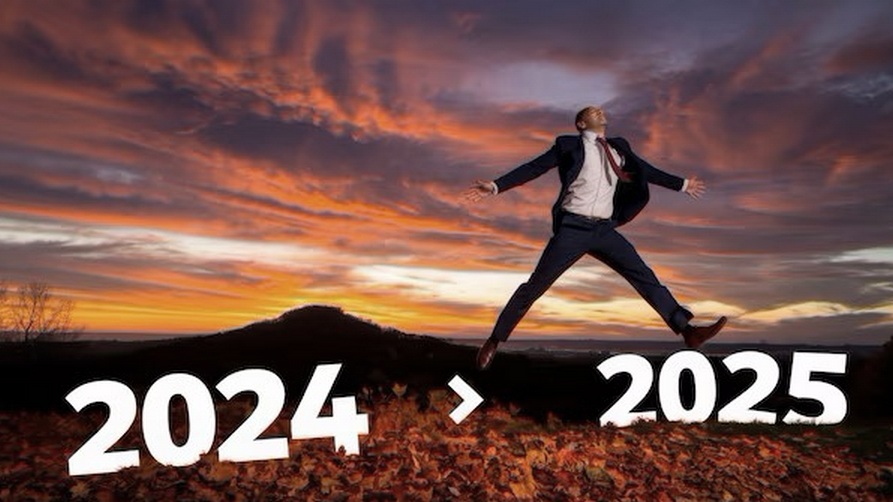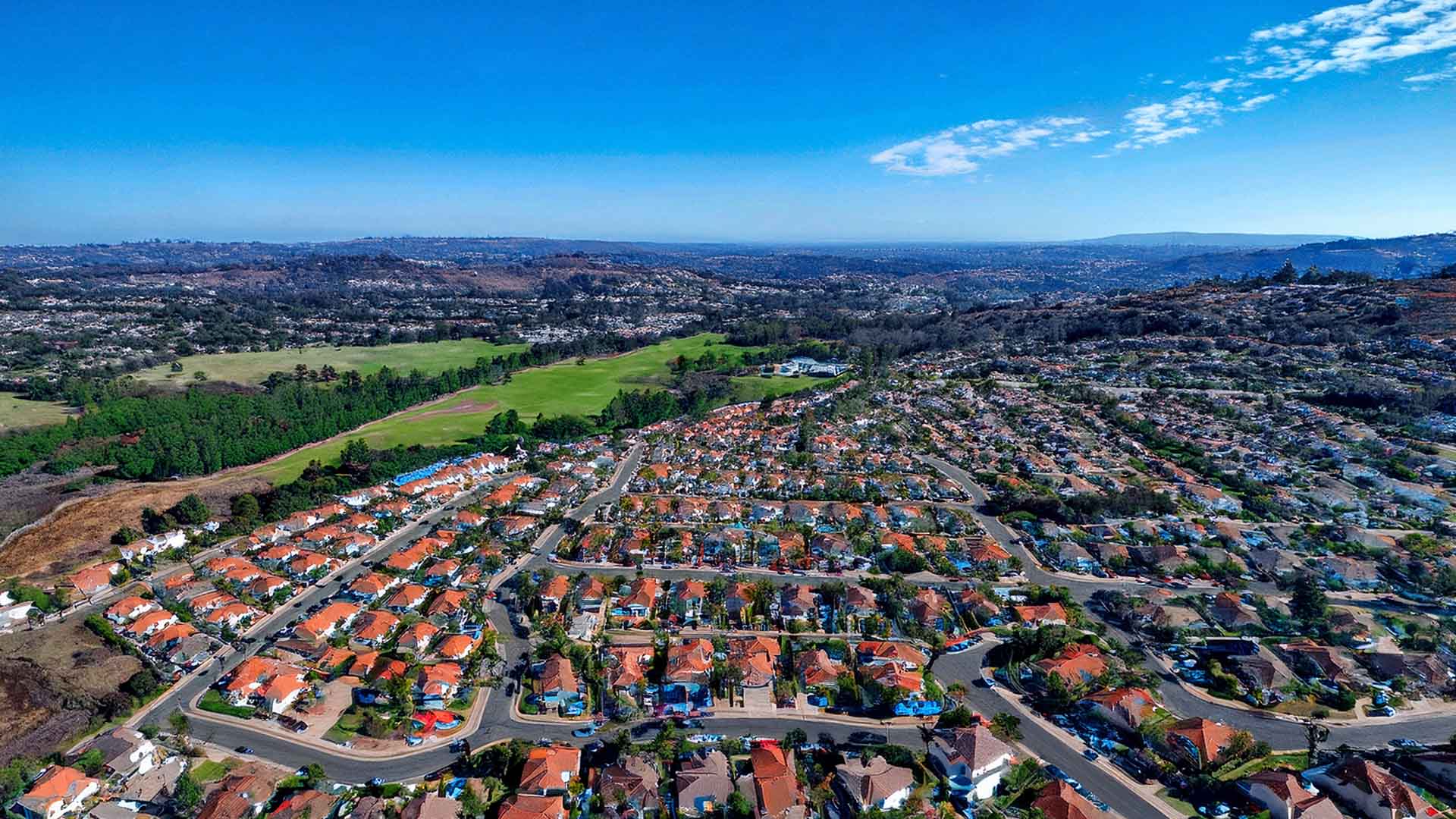As we approach the end of 2024, it’s the perfect time to reflect on the shifts in the real estate market over the past year and forecast what might be in store for 2025. The real estate market has proven to be dynamic, driven by economic conditions, buyer preferences, and macroeconomic factors that include inflation and interest rates. Analyzing these trends provides valuable insights for both buyers and sellers on how to navigate the year ahead.
2024: A Year of Adjustments
This past year was marked by significant fluctuations, primarily influenced by the global economic climate and shifting consumer preferences.
Interest Rates and Mortgage Costs
The Federal Reserve’s approach to managing inflation through higher interest rates had a noticeable impact on the housing market. With mortgage rates climbing to heights not seen in years, many potential buyers faced affordability challenges. This trend made 2024 a buyer’s market in some areas, as higher rates reduced purchasing power, dampening demand, and forcing prices to stabilize or even decline in certain regions.
On the flip side, high interest rates were challenging for sellers. Homeowners looking to sell had to adjust their expectations, as fewer buyers were willing or able to commit to large mortgage payments. Consequently, sellers faced longer listing periods, and in some cases, had to make price concessions or offer buyer incentives like covering closing costs.
Home Prices: A More Balanced Market
After several years of double-digit price increases, 2024 brought a welcome pause in rapid price growth. In many regions, home prices leveled off, creating a more balanced environment for buyers and sellers alike. The moderation in prices provided some relief for buyers who had been priced out during the pandemic boom, especially in high-demand urban and suburban areas.
However, the leveling of prices wasn’t uniform across the country. While some metropolitan areas saw a cooling effect, other regions with affordable housing options experienced steady demand and price appreciation as people relocated for affordability.
Increased Popularity of Suburbs and Small Cities
The trend of moving away from major urban centers continued in 2024, driven by flexible work policies and the desire for affordable living spaces. Smaller cities and suburban communities saw a surge in demand, as buyers sought larger properties with outdoor spaces. As a result, these areas experienced a growth in both demand and home values.
The Rise of Eco-Friendly Homes
Environmental awareness grew stronger in 2024, with both buyers and developers focusing on sustainable housing solutions. Energy-efficient homes, equipped with solar panels, high-efficiency appliances, and sustainable materials, saw increased demand. As a result, sellers who invested in green home upgrades were able to attract more interest and even command higher prices.
Rental Market Boom
The rental market was robust throughout 2024, driven by people who could not afford to buy due to high mortgage rates and continued challenges in saving for down payments. Rental prices increased in many areas, presenting opportunities for real estate investors but creating challenges for renters.
2025: Looking Forward
With 2024’s lessons in mind, the 2025 real estate market is likely to bring its own set of opportunities and challenges. Here are some predictions for buyers and sellers:
Potential for Rate Stability
While 2024 was marked by high mortgage rates, there is cautious optimism that rates may stabilize in 2025 as inflation comes under control. Even a modest reduction in rates would likely boost buyer confidence, allowing more people to qualify for loans and stimulating demand. This could lead to increased activity in both the primary and secondary housing markets.
Opportunities for Buyers: Bargain Hunting
With the market cooling and price growth slowing, 2025 could be a prime year for buyers to negotiate favorable deals. Sellers, especially those who need to relocate or offload second properties, might be more willing to make price concessions. This environment could open doors for buyers who have been waiting on the sidelines to secure homes at more reasonable prices. First-time buyers, in particular, may find this a favorable time to enter the market.
Continued Demand for Affordable Housing Solutions
The demand for affordable housing is expected to continue, especially in markets that offer good value relative to major urban areas. Cities with strong job markets, lower costs of living, and a quality lifestyle, such as secondary cities and suburbs, will remain attractive to buyers. This trend will likely be bolstered by ongoing hybrid work arrangements, which allow professionals to live farther from their offices without compromising on job opportunities.
Sustainability as a Selling Point
Eco-friendly homes will likely be even more popular in 2025. Buyers are more conscious of their carbon footprint and energy costs, so homes with green features will continue to be highly desirable. Sellers and investors who invest in sustainable upgrades—such as energy-efficient HVAC systems, smart thermostats, and solar panels—could see significant returns on these investments. This trend also aligns with government incentives for green energy solutions, which may further encourage homeowners to go green.
Investment in the Rental Market
The rental market will likely remain strong in 2025. Potential buyers unable to afford high mortgage payments may opt to rent instead, keeping rental demand and prices high. This presents a great opportunity for investors, especially in markets with limited rental supply. Investors focusing on multifamily properties or single-family rentals in high-demand areas may find solid returns on their investments. However, they should be mindful of regulatory changes, as more cities explore rent control measures to manage affordability issues.
Technology-Driven Home Searches and Virtual Transactions
In 2025, technology will continue to transform the real estate experience, with more buyers using virtual tours, 3D walkthroughs, and online closing services to streamline the buying process. Sellers who leverage these digital tools will be better positioned to attract buyers, especially those moving from out of town. Realtors and agents will also rely on technology to provide a seamless, remote-friendly experience, which can increase their competitiveness in the market.
Key Takeaways for Buyers and Sellers
For buyers, 2025 could offer a window of opportunity if mortgage rates stabilize and home prices remain balanced. Patience and strategic planning will be crucial for securing a good deal, especially in competitive areas where demand may pick up. Focusing on eco-friendly features and proximity to desirable amenities could help buyers find homes that will retain value over time.
For sellers, understanding regional market trends will be essential. If selling in a high-demand area, investing in sustainable upgrades or enhancing curb appeal could make a property stand out. Flexibility in pricing and a willingness to negotiate will also be beneficial, particularly in regions where buyer demand has softened.
Overall, 2025 promises to be a year of gradual stabilization and opportunity. By staying informed about market trends and aligning strategies accordingly, both buyers and sellers can make the most of the changing real estate landscape.








